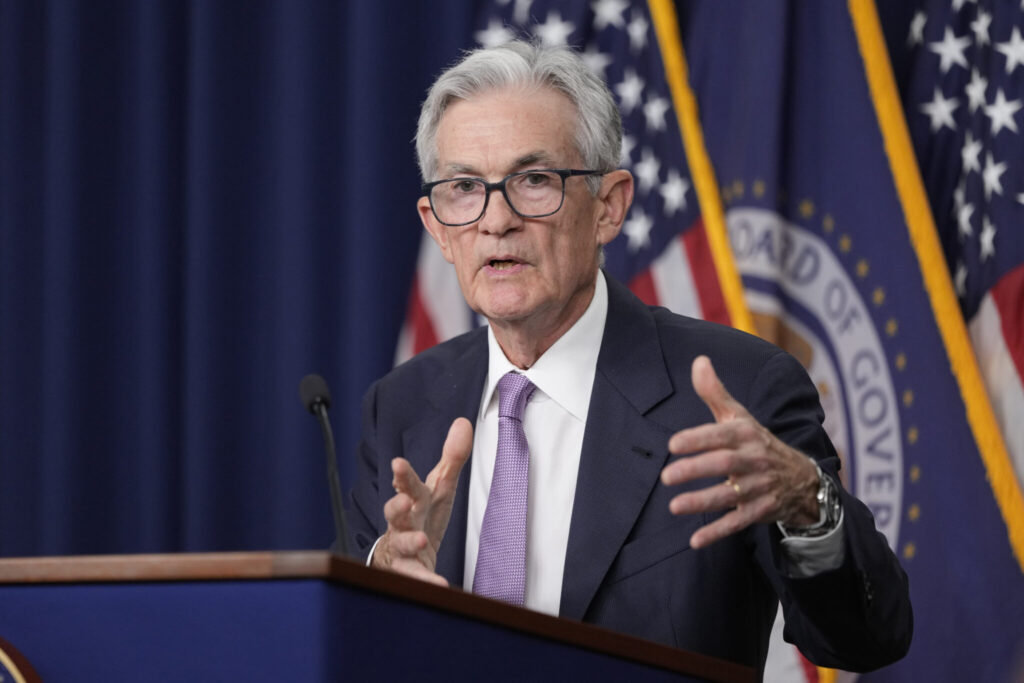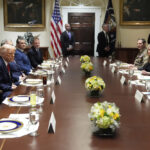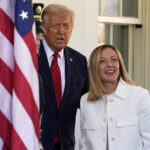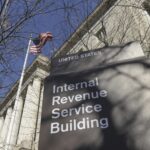Federal Reserve rate cut/ inflation cooling/ Trump tariffs impact/ post-election economic outlook/ Jerome Powell rate strategy/ Newslooks/ WASHINGTON/ J. Mansour/ Morning Edition/ The Federal Reserve is set to lower interest rates again, driven by cooling inflation rather than economic weakness. However, future rate cuts could become uncertain depending on the outcome of Tuesday’s presidential election, particularly if Donald Trump wins. Analysts warn that Trump’s proposed tariffs may reignite inflation, forcing the Fed to reconsider its approach.
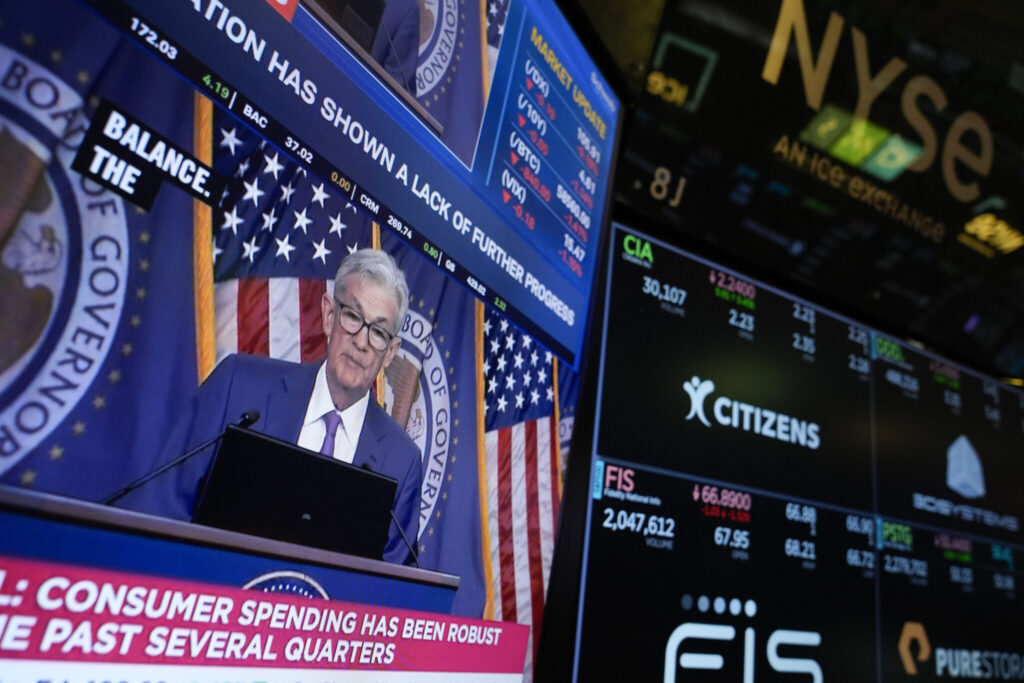
Federal Reserve Rate Cut and Election Impact: Quick Looks
- Rate Cut Expected Thursday: The Federal Reserve is set to lower interest rates by a quarter point to 4.6%.
- Inflation Cooling: Inflation has dropped to 2.4%, near the Fed’s 2% target, prompting a more “neutral” rate.
- Election Impact: If Trump wins, his proposed tariffs could revive inflation and affect future Fed actions.
- Gradual Cuts Expected: The Fed is likely to make incremental cuts, with another expected in December.
- Economic Growth Still Strong: Despite rate cuts, the economy remains robust with unemployment at a low 4.1%.
Federal Reserve to Cut Rates Amid Post-Election Uncertainty
Deep Look
With inflation continuing to cool, the Federal Reserve is widely expected to announce its second interest rate cut this year on Thursday, two days after the presidential election. Regardless of the election’s outcome, the Fed’s immediate decision to lower rates by a quarter point, to roughly 4.6%, will likely remain unaffected. However, the election’s outcome, especially if Donald Trump wins, could significantly complicate the Fed’s longer-term economic strategy due to his proposed policies on tariffs and immigration.
The Fed, led by Chair Jerome Powell, aims to bring its key rate closer to a “neutral” level—a rate that neither stimulates nor restricts economic growth—as inflation returns to manageable levels. September’s inflation stood at 2.4%, close to the Fed’s 2% target, marking a stark reduction from a high of 9.1% in June 2022. This drastic inflation reduction has spurred the Fed to ease the high borrowing rates it implemented to counter price hikes.
While traditionally, the Fed cuts rates to stimulate a slow economy, the current rate cut reflects a shift from high inflation rather than economic sluggishness. The U.S. economy remains resilient, growing at a steady pace with a low unemployment rate of 4.1% despite challenges such as recent hurricanes and a major strike at Boeing. Powell describes this strategy as a “recalibration” rather than a reaction to economic slowdown, asserting that current borrowing rates have become restrictive.
The anticipated rate cut follows a half-point reduction in September, and economists expect an additional quarter-point reduction in December, with the possibility of further rate adjustments in 2025. The decision to cut rates gradually reflects caution, as Fed policymakers assess the optimal level to foster stable growth without stimulating unnecessary inflation.
Christopher Waller, a prominent Fed Board member, has indicated strong support for further rate reductions, citing confidence in a lower-rate environment as inflation subsides. Analysts at UBS interpret Waller’s position as reflecting a high level of certainty about continued rate cuts, suggesting the Fed’s current rate of 4.9% remains above neutral, which economists estimate is closer to 3-3.5%.
However, some economists question the necessity of further cuts. The economy’s resilience even at higher interest rates has led some analysts to speculate that current rates may already be close to neutral. Joe LaVorgna, chief economist at SMBC Nikko Securities, wonders why the Fed continues to cut rates given the low unemployment and strong economic growth.
The potential for Trump to return to office introduces additional uncertainty for the Fed’s plans. During his presidency, Trump levied tariffs on a wide range of imported goods, which, while contributing to some price increases, did not drastically affect overall inflation. However, Trump’s current proposals suggest even broader tariffs that would affect significantly more goods and could lead to a sharp increase in inflation.
This economic scenario has alarmed many mainstream economists, who predict Trump’s proposed tariffs could drive inflation up by at least 2 percentage points next year. The Peterson Institute for International Economics recently reported that Trump’s planned tariffs would likely increase inflation far more than previous tariffs did. If Trump wins, the Fed may have to reconsider its rate cut trajectory, potentially halting or even reversing the rate reductions to curb inflation.
The Fed’s next meeting, which will take place immediately after the election, is expected to bring questions regarding how the election outcome might impact monetary policy. While Powell has consistently stated that the Fed operates independently of political considerations, Trump’s suggested tariffs could directly affect the Fed’s approach to inflation. Economists at Pantheon Macroeconomics speculate that Trump’s larger tariffs would prompt the Fed to raise rates, should inflation climb significantly under his policies.
If Trump’s proposed tariffs become policy, Pantheon Macroeconomics predicts that the Fed will have to adjust its forecasts for rate reductions in 2025, possibly moving toward rate hikes to counter inflation. Such an approach would contrast sharply with the Fed’s current path of gradual rate cuts as inflation wanes.
The Fed’s commitment to achieving a balanced economic environment without fueling inflation remains at the core of its current rate-cutting strategy. However, the uncertain post-election landscape introduces potential disruptions that may alter the Fed’s carefully planned course in response to a more politically and economically volatile environment.

